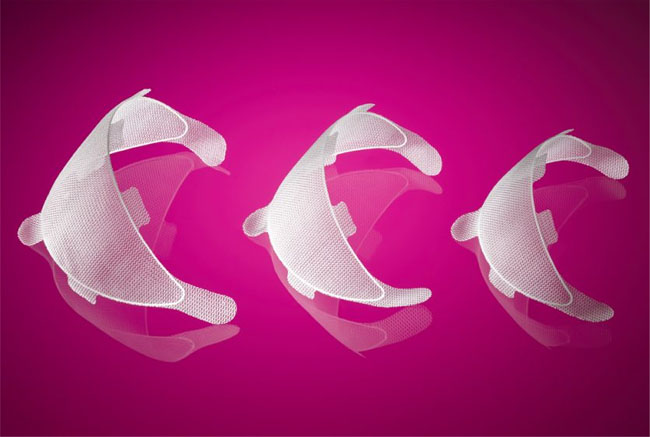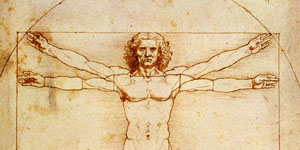Before & After Photos





Breast Lift - Mastopexy
The term "mastopexy" is derived from two Greek words: mastos, which means female breast, and pexis, to fix in place. So a mastopexy is an operation which lifts the breast and tightens the skin to fix the breast higher on the chest. There are a number of variations on mastopexy, and the one which works best for you will depend on how much loose skin you have, and your goals for appearance and firmness. Minimal if any actual breast tissue is removed. However, much of the loose, extra skin is taken away, which puts the existing breast into a tighter package.
The tradeoff is that the more skin we remove, the longer the incision needs to be. Consider if you were working with clothing, taking a pleat in a dress or a pair of pants - if you remove more fabric, you'll need a longer seam to sew it up. We try to keep the scars as minimal and as hidden as possible, but for most patients who need a lift, there will be an incision that goes either part-way or all the way around the areola. For patients with a greater amount of laxity, it is often necessary to remove excess skin from the bottom part of the breast as well.
Techniques
1. Peri-Areolar Mastopexy
For a woman who needs a relatively small adjustment in nipple position, a peri-areolar mastopexy may be ideal. This procedure is also good for someone who is perhaps a little older, and happy with a more mature look to the breast, with greater fullness in the lower pole. A crescent or donut-shaped area of skin is removed from above the nipple / areola, pulling the nipple upwards, and more onto the front of the breast. The resulting scar will be at the border of the normal breast skin and the pigmented areola, and will go either part-way or all the way around. As surgeries go, this is relatively simple, and can often be performed in the office under local anesthesia.
2. Keyhole Mastopexy (sometimes called the lollipop incision)
In this variation, the nipple is moved higher, as in the peri-areolar mastopexy, but also an inverted triangle of skin is removed extending from the nipple area down to the fold under the breast. When this triangle is brought closed, it tightens the lower pole skin, moving the substance of the breast higher. This technique is still fairly limited in the total length of the scar, but gives a more youthful look than peri-areolar mastopexy alone.
3. Wise pattern Mastopexy (sometimes called the anchor incision, or inverted T)
If you have a lot of extra skin on the breasts, and they are quite droopy, then this technique is probably what you need. An anchor-shaped area of excess skin is removed from the center and bottom part of the breast. Once the nipple is moved up, and the incisions are closed, the resulting scar looks much like an upside down "T" - there is the circular scar around the nipple / areola, a vertical scar going down to the fold under the breast, and then a scar which runs from side to side in the fold under the breast (also called the infra-mammary fold). The Wise pattern mastopexy allows the maximum amount of skin to be removed, and brings the breast considerably further up on the chest wall. Though the incisions are longer in this variation, you can still wear something low cut and the scars should be hidden under all but the skimpiest bathing suits. (The Wise pattern is named after Dr. Robert Wise, who first described the inverted-T pattern.)
4. Internal Bra
The term "internal bra" refers to several different methods which provide extra support for either the keyhole or Wise pattern lifts. The basic idea is that an internal sling is placed under the skin, providing additional support to the breast while it heals. We often use an absorbable mesh called Galaform™ or Galaflex™, which transfers some of the weight of the breast to the deeper tissue, helping to hold the breast in a lifted position during healing. The mesh then slowly dissolves over the course of about a year. Some surgeons prefer to use acellular dermal graft (a processed tissue graft made from donated human skin), such as Alloderm™ or Flex HD™.
move pointer over photos to enlarge
Galaflex 3DR™ Surgical Scaffold

An important disclaimer:
We show representative photos, which are for information purposes only. The pictures do not constitute any guarantee or promise of specific results.
We'll do our best to make you look good, but we can't make you look exactly like one of the photos.
We use no stock photography. All photographs on this website are of actual patients.



